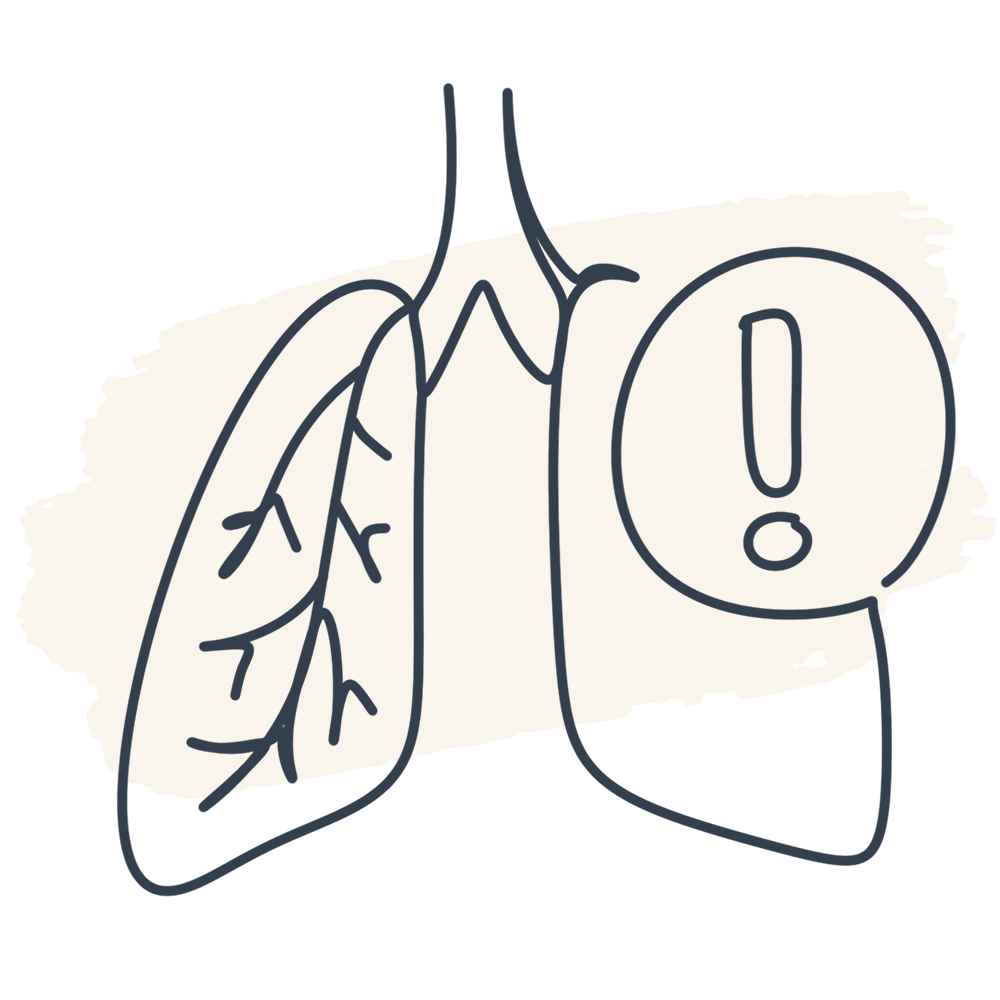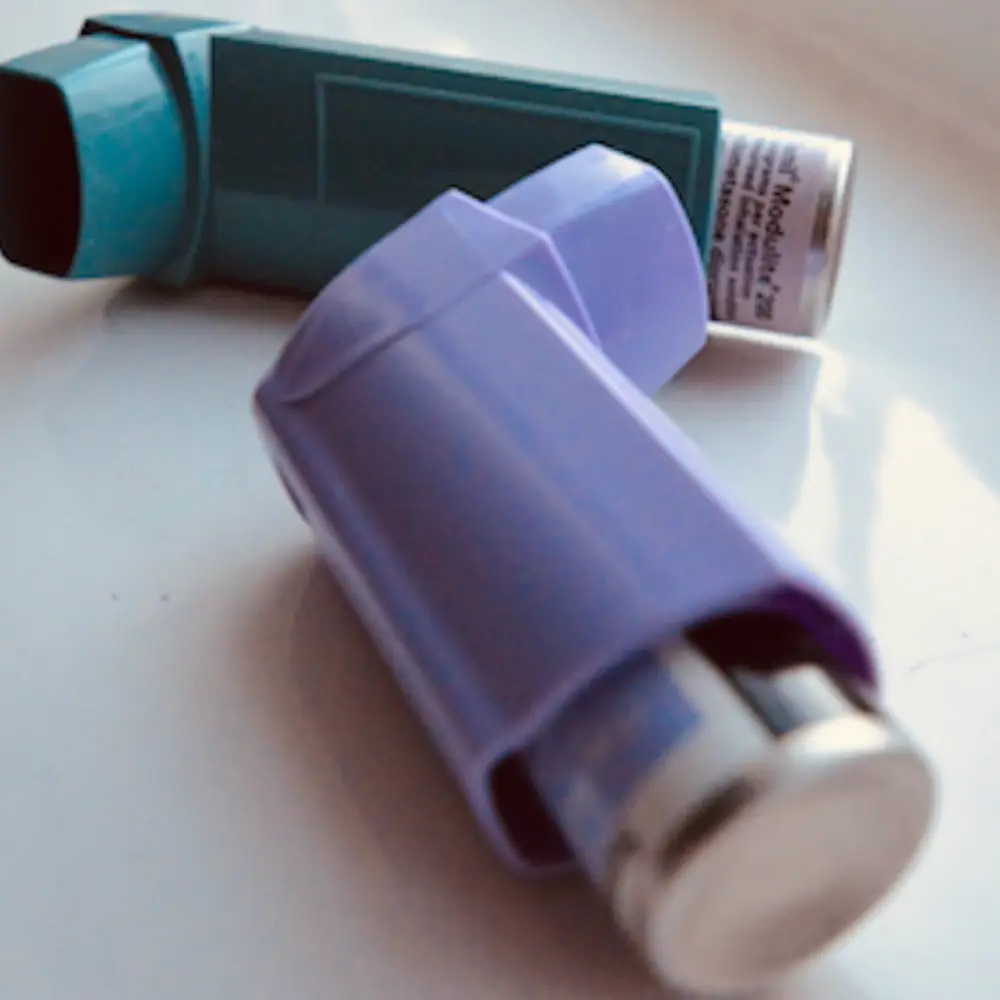Chronic obstructive pulmonary disease (COPD) is a chronic lung condition that affects and obstructs the airways.
COPD causes breathlessness, which can be mild, moderate, or severe. The condition is progressive, which means that it can get worse over time.
If you, a family member, or someone under your care is living with COPD, you’ll know how disabling or unpleasant it can be. Understanding how to manage this condition can help make everyday life easier and reduce some symptoms and complications.
Living with COPD can require adjustments in daily life. Simple tasks may become more difficult, so patience and understanding are key. Below are some tips and advice to help you support someone with COPD.
Disclaimer: These guides are not a substitute for medical advice – always seek professional help. Remember, healthcare professionals will not share information about a patient unless they have been permitted to do so.
Unlock your free COPD Toolkit
Managing Chronic Obstructive Pulmonary Disease (COPD) can be challenging, both for those affected and for the carents who support them. At Carents, we understand the complexities involved in caring for someone with COPD. That’s why we’ve compiled our most valuable resources into a comprehensive COPD Support Toolkit, designed to provide practical advice and information to help you navigate this journey
Simply complete the form and the toolkit will be sent to you via email.
How This Information Can Help You
Understand COPD and get the best available care and support
Essential information to understand the condition and the best available treatment to manage COPD in order to control symptoms, prevent flare ups, and avoid complications.
Living well with COPD
Tips and strategies to help you stay active and healthy in the face of breathlessness and other symptoms.
FAQs
See common queries about COPD, covering symptom management, lifestyle adjustments, and support.
Inhalers and Medications
The correct use of inhalers and the importance of keeping an up-to-date supply of medications are crucial for optimal COPD management.
COPD Guides to Treatment
Living well with COPD
COPD Frequently Asked Questions
Explore our commonly asked questions about COPD and discover practical advice for managing the condition effectively.








